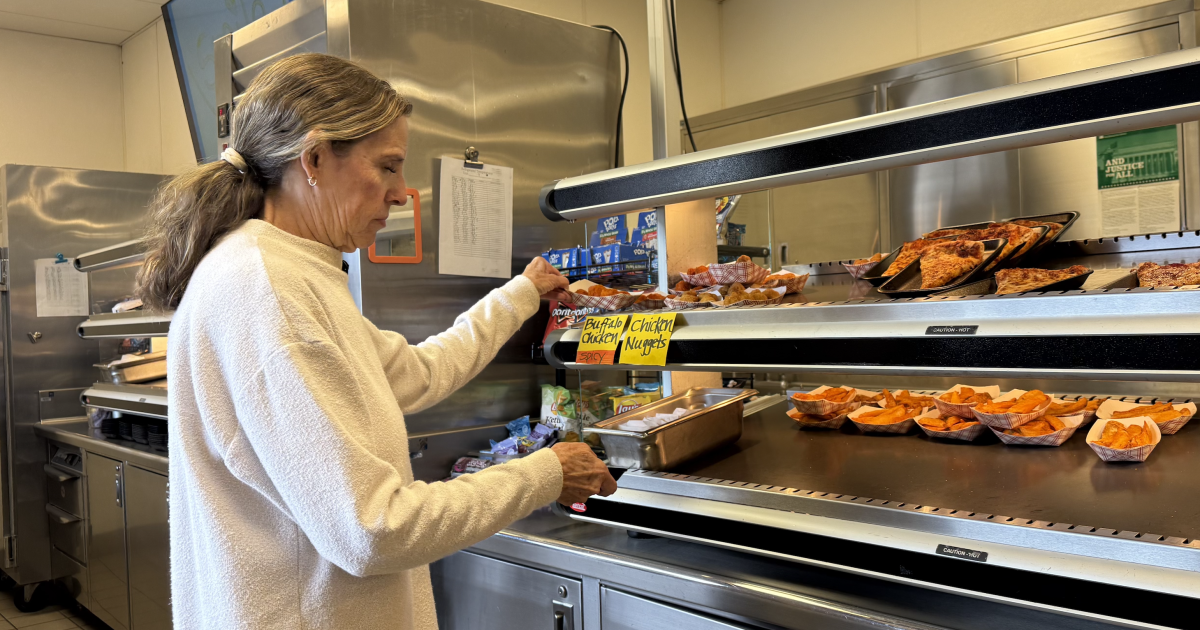Sometimes, we all need a little comfort in our lives, especially as the holidays approach. For many people, comfort comes in the form of food: a favorite family recipe, a cozy bowl of soup or a dish that brings back good memories and connection. These foods can fuel more than our appetites… they nourish connection, nostalgia and joy.
If you’re living with diabetes, you might wonder whether your favorite comfort foods still have a place on your plate. The good news is comfort foods aren’t inherently bad for you, and you don’t have to give them up because you have diabetes. Plus, with a few small nutrition tweaks, you can enjoy the flavors and feelings you love while keeping your blood sugar steady. Let’s explore how to find comfort in food, family, and the upcoming holiday season without losing sight of your blood sugar goals.
What We Hear from Real People with Diabetes About Their Comfort Foods
As a dietitian, I often hear from people who feel torn between wanting to enjoy their favorite foods and worrying about their blood sugar when they consume them. This can create a lot of frustration or tension around food. For many, comfort foods are tied to strong memories: grandma’s signature casserole, a favorite takeout order after a long day, or that slice of pie that always shows up at family gatherings. It’s no surprise that many people with diabetes share questions like these:
- “Do all carbs cause diabetes or make it worse?”
- “Is it OK to eat my favorite foods sometimes?”
- “What if I lose control once I start eating my favorite foods?”
- “How do I handle family gatherings when everyone else is eating whatever they want?”
- “Are there healthier versions of my favorite recipes that actually taste good?”
Comfort foods don’t have to be off-limits. You can absolutely enjoy them; it just takes a little strategy and awareness to keep your blood sugar stable. Modifying recipes to make them more blood-sugar-friendly, enjoying smaller portions more mindfully or balancing your plate so comfort foods fit in naturally can all help you align with your health goals.
How Can Comfort Foods Affect Your Blood Sugar?
When you study comfort foods, there’s a reason these dishes hit the spot. When we eat something we enjoy, especially foods tied to positive memories, our brains release feel-good chemicals like dopamine and serotonin. These hormones help boost mood, reduce stress and give us that cozy sense of comfort and satisfaction. That’s why comfort foods are often the first thing we reach for when we’re feeling tired, anxious or emotional. They’re wired into both our biology and our psychology. And that’s not always a bad thing. Remember, food is meant to be emotional, cultural, and joyful.
So, comfort foods aren’t inherently “bad”, but they do tend to have a few things in common that can make blood sugar control more challenging:
- They’re often high in calories and can lead to eating larger portions in one sitting.
- They can be low in fiber or protein, which means you might have a bigger blood sugar spike after eating.
- They are likely rich in refined carbs or added sugars, especially desserts, breads and creamy dishes.
Tips for Enjoying Comfort Foods with Diabetes
Here are a few simple ways to adjust your approach to comfort foods to be a little more blood-sugar-friendly:
- Give your favorite recipes a makeover: Swap mashed potatoes for mashed cauliflower, try whole-grain pasta in your mac and cheese, or use Greek yogurt in place of sour cream for a creamy texture with added protein. Simple swaps may surprise you by adding some balanced nutrition without taking away from your favorite dish.
- Balance your plate: Pair carb-rich options with lean protein and nonstarchy veggies to help slow down digestion and steady blood sugar.
- Check your portions: When eaten in large portions or on their own, these foods can cause blood sugar levels to rise quickly. But when you pair them with nutrient-rich sides, balance your plate and stay mindful of portions, you can still enjoy them without a major spike.
- Reassess your need for comfort: Sometimes the comfort you want comes from the experience—like slowing down for a meal or connecting with loved ones—not just the food itself.
- Find comfort in other healthy routines: Whether it’s moving your body, practicing gratitude or spending time with family, comfort can also come from consistently caring for yourself through your daily habits.









